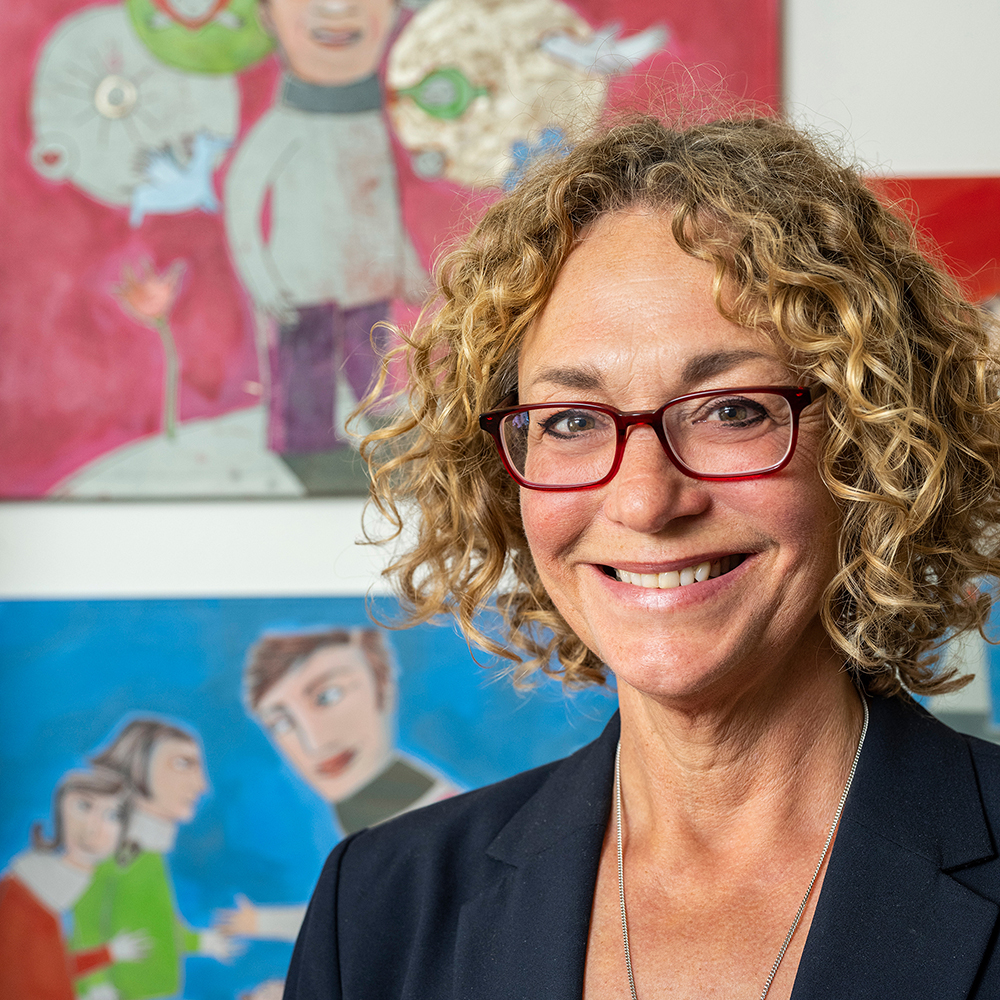A stranger smiles at you on the street. If you were raised in the United States, you’ll probably assume this person is happy, friendly, or proud of their dental work. If you grew up in Norway or Russia, you’re likely to draw different conclusions. Americans are often stereotyped as loud, constantly smiling dimwits, a fact that shapes perceptions of smiling strangers abroad. The Norwegian government jokes that a stranger who smiles at you may be viewed as “drunk, insane, American, or all [three]” in a pamphlet titled Living and Working in Norway. Meanwhile, smiling at a stranger is viewed as insincere — or worse, idiotic — in Russia and quite a few other nations.
UW–Madison psychology professor Paula Niedenthal ’81 recalls a conversation with a Russian journalist who had called to discuss her research. He remarked that wide, expressive American smiles are fake, unlike the smiles of other cultures.
This was during the 14-year stretch when she lived in France, working for the National Centre for Scientific Research and the University of Clermont-Ferrand. Comments of this nature were common during her time abroad, and they never ceased to rankle her.
“It became clear that many people believe American smiles are inauthentic and manipulative, as well as deeply embedded in capitalism,” Niedenthal says.
How did these assumptions develop? Why are they so prevalent? What might help change them? She set out to answer these questions in 2011, when she joined UW–Madison’s faculty and founded the Niedenthal Emotions Lab. She and a team of graduate students and postdoctoral researchers study the relationship between migration patterns and societal rules about expressing emotion. These unstated rules are key components of something known as emotion culture.
In addition to promoting understanding and a sense of what to expect from others, a shared emotion culture can help people from different ethnic, religious, or linguistic backgrounds find common ground. But there’s also a dark side. Outsiders may misinterpret another group’s emotion culture, breeding stereotypes, confusion, and cross-cultural conflict.
This is how a smile’s good intentions get lost in translation.

Read the full story on Professor Paula Niedenthal and her work in OnWisconsin.